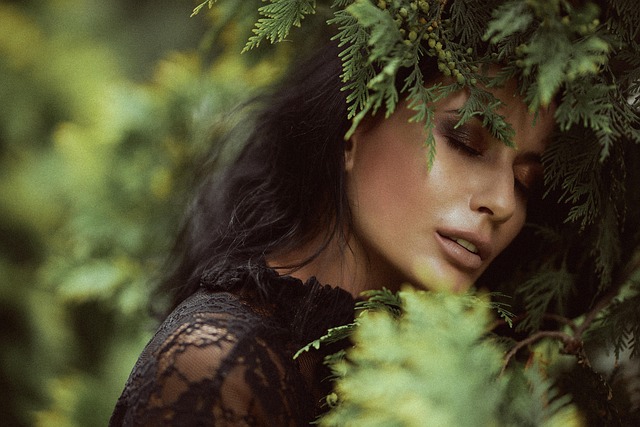Capturing Beauty: A Photographer’s Guide to Composition
The world is filled with moments of beauty just waiting to be captured through the lens of your camera. As photographers, we have the unique ability to preserve those fleeting instances, allowing others to experience the magic and wonder we see. However, capturing beauty is not just about aiming your camera at a picturesque scenery; it’s about understanding composition and how to use it to your advantage.
Understanding Composition
Composition in photography refers to the arrangement of visual elements within the frame. A well-composed photo has the potential to elevate a mere image into a breathtaking piece of art that resonates with the viewer. It draws them in, highlighting the key elements and allowing the surrounding atmosphere to enhance the emotional impact. Think of composition as the foundation upon which the story of your photo is built.
The Rule of Thirds
One of the most fundamental principles of composition is the Rule of Thirds. Imagine dividing your frame into a grid of nine equal parts with two vertical lines and two horizontal lines. By positioning your subject along these lines or at their intersections, you create balance and interest in your photo. This technique can amplify the beauty of your subject, making it more engaging for viewers.
Leading Lines
Another powerful compositional tool is the use of leading lines. These are natural lines found in the environment that lead the viewer’s eyes towards the main subject. Whether it’s a winding road, a flowing river, or the branches of a tree, these lines can add depth and perspective to your photos, inviting the viewer to explore the scene further.
Framing Your Shot
Framing is yet another technique to consider, where you use elements within the environment to create a “frame” around your subject. This could be anything from overhanging branches, doorways, or windows. By creating a frame within your shot, you not only isolate your subject, but you also create a sense of depth that enhances the overall beauty of the image.
Optics and Lighting
Your camera’s optics play a crucial role in capturing beauty as well. The choice of lens can drastically affect the perception of depth and detail in your photos. A wide-angle lens invites expansive landscapes into the frame, while a telephoto lens allows you to capture intricate details from afar. Understanding how different lenses interact with light and space can help you choose the right one for the beauty you wish to portray.
Additionally, lighting can make or break a photograph. The golden hour—just after sunrise or before sunset—provides soft, warm light that can accentuate colors and textures in your scene. Experimenting with different lighting conditions can dramatically impact the mood and beauty of your images.
The Emotional Connection
Ultimately, capturing beauty through photography is about more than just the technical aspects of composition, camera settings, and optics. It’s about creating an emotional connection with your audience. Think about the feelings you want to evoke when someone looks at your photo. Whether it’s joy, nostalgia, or wonder, make sure your composition works in harmony with your subject to convey those emotions effectively.
As you embark on your photographic journey, remember that beauty is everywhere, waiting for you to discover and share it through your unique perspective. With an understanding of composition and a keen eye for detail, you’ll be well on your way to capturing images that resonate deeply with viewers.



